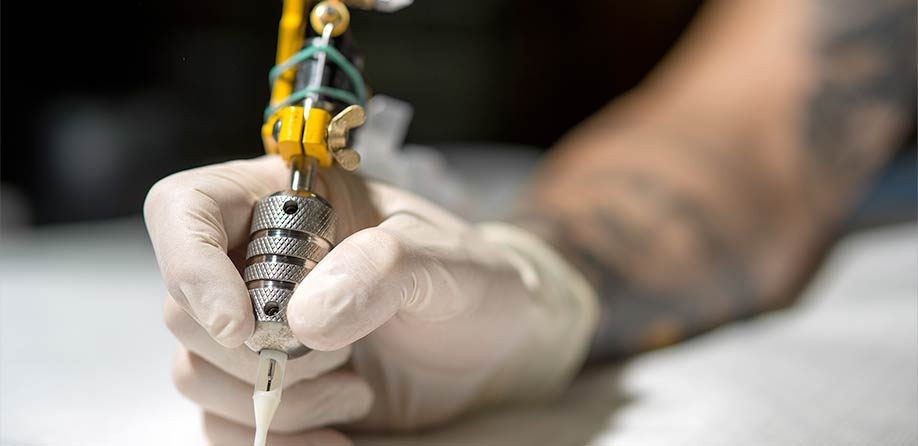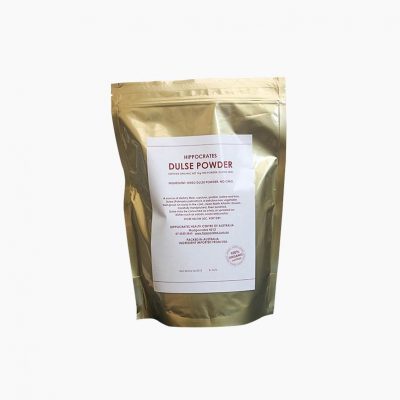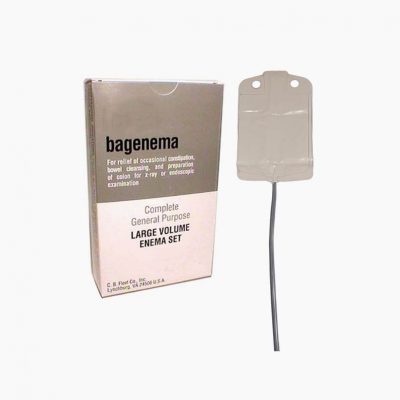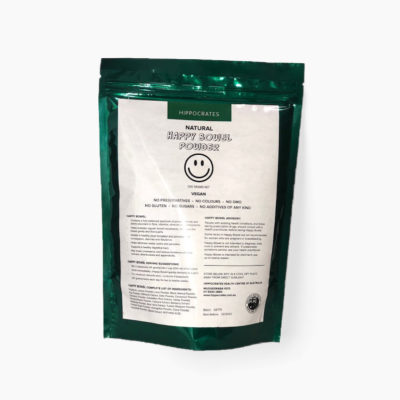
The Truth about Tattoos
A growing number of teens and young adults around the world are injecting dangerous chemicals under their skin in the name of art and self-expression. A trend that started in America and Europe in the early 1990s, tattooing soon because so popular that 36% of Americans aged 20-25 now have at least one body tattoo. Tattoos are now well-entrenched in the mainstream. Even the media regularly glorify tattoo culture, as evidenced by reality TV shows and magazine sightings of tattoo-sporting celebrities such as Paris Hilton, David Beckham, and Angelina Jolie, and print ads featuring tattooed models and athletes, such as Calvin Klein’s Fredrik Kjungberg (who, by the way, had a severe allergic reaction to his tattoos and had to have a lymph gland removed).
Tattooing is an art form that has been used for centuries. At first banned, but then appropriated by Western culture, tattoos have recently developed as a decorative art of self-expression; used by some to celebrate events, memorialize a departed loved one, or as a show of commitment to a life partner. There is one thing for sure: All tattoos have a story. What’s not so clear is exactly what we’re injecting into the bloodstream for art’s sake.
A far cry from their tribal predecessors made with dyes from the natural environment, many of today’s tattoos contain an unknown conglomeration of metallic salts (oxides, sulphides, selenides), organic dyes and plastics suspended in a carrier solution for consistency of application. In the European Union’s report on the health risks of tattooing, it is noted that almost 40% of organic colorants used in permanent tattoos in Europe are not even approved for use on the skin as a cosmetic. (They contained a carcinogenic aromatic amine.) Many of the chemicals found were originally intended for use in writing and printer inks, as well as in automobile paints. These inks are injected so deep into the skin that some tattoos cannot be removed even by severe burns.
In the USA, the FDA regulates some of the ingredients in cosmetics worn on the skin, as well as vitamins, drugs and food additives ingested into the body, but it does not regulate these toxic inks we put under our skin. Their official stance: “Because of other public health priorities and a previous lack of evidence of safety concerns, FDA has not traditionally regulated tattoo inks or the pigments used in them.”
The FDA also does not require ingredient disclosure on the inks – they are considered proprietary (trade secrets) – and so tattoo inks may contain any chemicals, including those known to be mutagenic (capable of causing mutations), teratogenic (capable of causing cancer), or involved in other biochemical reactions in the body that might require decades to appear. Surprisingly, the FDA does not list cancer in their list of potential tattoo risks, citing only infection, removal problems, allergic reactions, granulomas, keloid formation, and MRI complications. Without full disclosure of ingredients, it is impossible to know what is in tattoo ink. Added to this, each color and each brand of ink has completely different ingredients, according to a 2005 study from Northern Arizona University.
The carrier solution itself might contain harmful substances such as denatured alcohols, methanol, rubbing alcohol, antifreeze, detergents, formaldehyde and other highly toxic aldehydes.
The oldest pigments were derived from natural ground minerals and carbon black. However, a wide range of dyes and pigments from inorganic materials such as titanium dioxide and iron oxides of carbon black, azo dyes, acridine, quinoline, phthalocyanine and naphthol derivatives, dyes made from ash, and other mixtures are now used. Currently popular is acrylonitrile butadiene styrene. (ABS plastic).
Although allergic reactions to permanent tattoos are considered rare given the number of tattoos applied yearly – in the neighbourhood of 5 million – they can occur, along with scarring, phototoxic reactions (reactions from exposure to light, especially sunlight), and other adverse effects. Many people have reported reactions to the intensely colored plastic-based pigments. There are also pigments that glow in the dark or in response to black (ultraviolet) light. Some of these pigments may be safe, but others are toxic and even possibly radioactive. Plastic-based (glow-in-the-dark) inks have led to polymerization under the skin. (Tattoo pigment particles converging into one solid subdermal chunk.)
Allergic reactions have occurred with some of the many metals put into tattoo inks, nickel being one of the most common metal allergies. Others have reacted to the mercury in red cinnabar, to cobalt blue, and to cadmium sulfite when used as a yellow pigment. Some inks were found to have high levels of lead, some contained lithium, and the blue inks were full of copper. Allergic reactions may occur infrequently with permanent tattoos, but long-term health effects are still unknown due to the lack of regulation, testing, and long-term studies.
In contrast to the low incidence of reported allergic reactions to permanent tattoos, however, certain temporary Henna tattoos have been problematic. Henna tattoos that contain the dark brown dye para-phenylenediamine(PPD) can cause a delayed allergic reaction and subsequent PPD hyper-sensitization that may permanently prohibit one from using sulfa drugs, PABA sunscreens, benzocaine and other anesthetics, and hair dyes. Fragrance sensitization may occur, and in some cases, the reaction will include skin necrosis, scarring, and hypo-pigmentation. Analysis of henna dye used on persons who reported allergic reactions has shown the presence of toxic chemicals from hair and textile dyes, in addition to PPD.
The question of toxicity is multifaceted. When alcohol is used as part of the carrier base in tattoo ink or to disinfect the skin before application of the tattoo, it increases the skin’s permeability, helping to transport more chemicals into the bloodstream. Alcohol also works synergistically with mutagens, teratogens, and carcinogens to make them even more harmful, increasing the chance that they may cause mutation or disease, both at the site of the tattoo and systemically.
In addition to allergic reactions and the unknown long term health effects from the metal salts and carrier solutions that make up tattoo inks, there are other health risks involved. Skin infections, psoriasis, dermatitis and other chronic skin conditions and tumors (both benign and malignant) have all been associated with tattoos. Due to the use of needles in tattoo application, there is also the risk of contracting infectious diseases such as tetanus, herpes, staphylococcus, HIV, hepatitis and even syphilis.
If you plan on having your tattoo removed, you should be aware that some of the pigments used (especially yellow #7) are phototoxic and may break down into toxic chemicals in the body when removed with UV light or laser. (Common techniques used in tattoo removal.) The toxic end products eventually are deposited in the kidneys and liver, adding to your total body burden.
In an ideal world, the ‘trade secrets’ clause that allows compares to put profit over public health would be disallowed for all products used topically, transdermally or ingested into our bodies. However, in the absence of regulation to protect the consumer from unqualified tattoo artists, unhygienic tools and application methods and highly toxic inks, the best advice for the youth of today is to abstain from tattoos. Skin tests should be performed prior to tattoo application to see whether you are allergic to any of the ingredients. Although certain tattoo ink ingredients may be plant-based or otherwise considered safe and non-toxic, the truth is that no long term studies have been performed confirming that they are safe to inject as a permanent cosmetic. Bottom line: Don’t trust the government. Don’t trust ink manufacturers. Don’t trust tattooists. Don’t do it.




